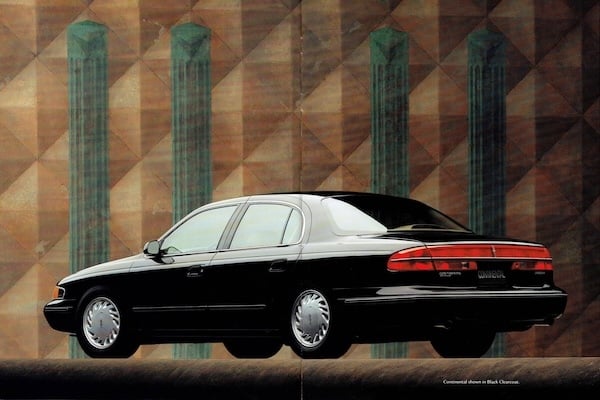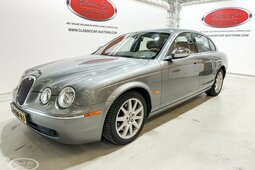Going cheap sometimes does work out. Badge engineering, being the long-standing art of rebranding one car as another, is usually an example of clever cost-saving, but often with shameless deception and outright absurdity mixed in. At its best, it was a clever means of maximizing resources. At its worst, it was just an automotive lipstick. And while it has birthed some truly tragic rebadges, it has also led to some cunning industry plays.
At its core, badge engineering is the practice of selling essentially the same vehicle under different brands with minimal changes, often limited to grilles, badging, trim packages, colours and sometimes a few tweaks in the interior. Automakers engage in this practice for a variety of reasons, chief among them being cost reduction. Developing a new car from scratch is an extremely expensive endeavor, requiring billions in R&D, crash testing, regulatory compliance and tooling. If a manufacturer can take an existing model, slap a different badge on it, and call it a day, that’s a win – at least from a bean counter’s perspective.
British Leyland
One of the earliest and most infamous examples of badge engineering gone wrong was the British Leyland debacle of the 1970s and ‘80s. In an attempt to prop up multiple ailing brands under its umbrella, BL churned out nearly identical cars across Austin, Morris, Rover, and even Triumph. The Austin Allegro and its badge-engineered cousins were meant to compete in different market segments, but customers weren’t fooled. The Austin Cambridge and Morris Oxford were practically mirror images. Later, the Triumph Acclaim was little more than a rebadged Honda Ballade, proving badge engineering could be a transcontinental affair. The whole affair led to market cannibalization and hastened the decline of an already struggling British automotive industry.
General Motors
GM turned badge engineering into an art form. They milked everything they could out of this concept. The very first times badge engineering was used by GM happened in the 1920s. Fast-forward over 70 years, the 1980s and ‘90s saw an explosion of GM brands selling what were essentially the same cars with different plastic cladding. A great example is the J platform and its cars – the Chevrolet Cavalier, Pontiac Sunfire, Oldsmobile Firenza, Buick Skyhawk, andCadillac Cimarron. The Cimarron, in particular, remains a case study in how not to elevate a brand: GM thought stuffing leather seats into a Cavalier and charging Cadillac money would fly. It didn’t. Enthusiasts still point to it as one of the worst products to ever wear a Cadillac badge. And while buyers were occasionally duped, many simply accepted it. After all, loyalty to a brand like Oldsmobile or Buick was strong, and sometimes all it took was a familiar badge to close a sale.
Japan’s Strategic Swaps
One of the most prolific examples of badge engineering in the SUV world is the Isuzu Trooper. A rugged off-roader, the Trooper was sold under numerous brands worldwide. In the U.S., it appeared as the Acura SLX, complete with a luxury badge but little else to differentiate it. Elsewhere, it was rebadged as the Holden Jackaroo in Australia, the Opel/Vauxhall Monterey in Europe, and even the Honda Horizon in Japan. Despite wearing many names, the Trooper was relatively successful due its reliability and capabilities as a well-respected SUV, proving that sometimes, badge engineering could result in a genuinely good product rather than just an exercise in corporate cost-cutting.
Still, badge engineering isn’t dead – it has just matured. Today’s shared platforms are modular and flexible. A Volkswagen MQB underpins everything from the Golf to the Audi A3, but the vehicles are engineered to feel distinct. The marketing fluff has been largely replaced by legitimate engineering and design variation. Badge engineering represents equal parts pragmatism and illusion, and it worked until the audience got too smart. For the car nerd, it offers an endless rabbit hole of what-ifs and lookalikes. For the industry, it was a sometimes-necessary compromise. And for the buyer? Hopefully, a lesson in always checking what’s under the hood – and who really built the car.
---
Embark on a journey to find your ideal vehicle by browsing through our Car Categories. Or, delve into our Classic Passion Shop for an exciting array of products from our partners, perfect for enthusiasts looking to enhance their collection!












